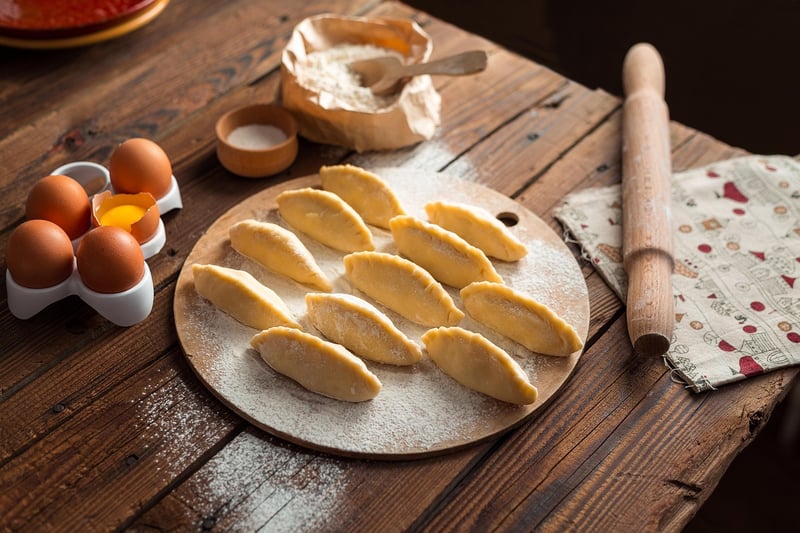Lighting Tricks
Capture Delicious Moments with These Lighting Tricks
Food photography is an art that requires skill, creativity, and the right lighting. Whether you're a food blogger, a chef looking to showcase your culinary creations, or just someone who loves capturing delicious moments, lighting plays a crucial role in making your dishes look irresistible. Here are some lighting tricks to help you elevate your food photography game:
1. Natural Light is Your Best Friend
When it comes to food photography, natural light is your best friend. Try to shoot near a window or outdoors during the day to make the most of natural light. Soft, diffused light works best for food photography as it helps highlight textures and colors without creating harsh shadows.
2. Use Reflectors to Fill in Shadows
If you're shooting in natural light and notice some shadows that are too harsh, use reflectors to bounce light back onto your subject. You can use white foam boards, reflector discs, or even aluminum foil to fill in shadows and create a more balanced lighting setup.
3. Experiment with Artificial Light Sources
While natural light is preferred for food photography, artificial light sources can also produce stunning results if used correctly. Consider investing in a good quality artificial light source like a softbox or a ring light to create a soft, flattering light on your dishes.
4. Play with Light Angles
Don't be afraid to experiment with different light angles to find the most flattering one for your dish. Try shooting from the side, above, or even behind the dish to create interesting shadows and highlights that enhance the overall look of your food.
5. Add a Pop of Color with Background Lights
To make your food photos more visually appealing, consider adding a pop of color with background lights. You can use colored gels or LED lights to create a warm or cool ambiance that complements the colors of your dish.
6. Edit with Care
After capturing your delicious moments, don't forget to edit your photos with care. Use photo editing software like Adobe Lightroom or Photoshop to enhance colors, contrast, and sharpness while maintaining the natural look of your dish.
By following these lighting tricks and experimenting with different techniques, you can elevate your food photography skills and capture delicious moments that will make your audience crave what's on their screens.

Remember, practice makes perfect, so keep honing your skills and exploring new ways to play with light to create mouth-watering food photos that tell a story of their own.
